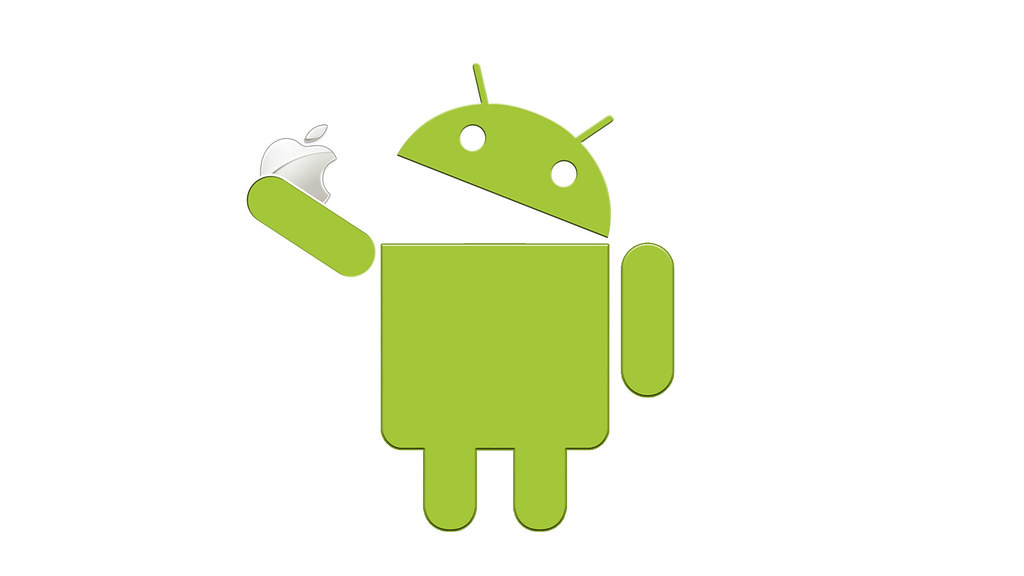I like to think of owning technology as similar to having a favorite sports team. While the two couldn't be more opposite, they do cause people similar feelings. iPhone owners might cringe at the thought of using an Android, while a Windows user might poke fun at both the other two for their choice. Usually it is harmless, playful teasing, but just like in sports, people can get very competitive and lash out at others. This fine line between playful and harmful shows just how big or how little a form digital inequality can come in.

At first when reading about one/two/three time I didn't think I'd know what it was! The idea of centers has always been in lower level classrooms and students seem to really enjoy it. To them, it's not learning, it's playing and freedom within the classroom. They rotate through a number of "centers" or activities to further develop their mind in a variety of ways. I know right now, my school is highly recommending students use programs such as Discovery Education, iReady, and FASTT Math. These approved, educational computer programs promote science, reading, and math and can be accessed from home or school my students. During one/two/three time, students feel independence and success as they do activities on their own and without adult explanation. I think along with expanding their knowledge of academic content, this helps boost their confidence and independence levels.
Resources:
Maloy, R., Verock-O'Loughlin, R., Edwards, S., & Woolf, B. (2013). Transforming Learning with New Technologies. 2nd Edition. Boston, MA: Pearson Education Inc. Saad Irfan (2011). Android eating Apple. Flickr.com. Web. Accessed 29 November, 2015.
Centers using technology can be a great way to use technology with limited resources and to keep all in balance, as well. Good to know your experiences include the vendors with demonstrated effectiveness. There will always be some competition among them, but that's part of what works in our diversified society. Missing created digital tool :(
ReplyDelete